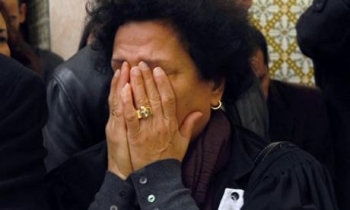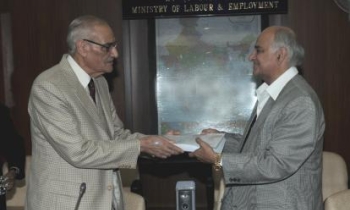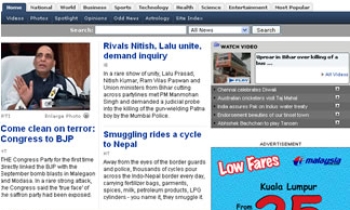Delhi now has a tabloid – the product of a joint venture between HT Media and the Times of India Group. Metro Now, a 48-page morning tabloid, rolled out on February 5.

The tabloid, priced at one rupee, has been launched by Metropolitan Media; a 50:50 joint venture between HT Media and The Times of India Group. Metropolitan is an independent company floated by the joint venture. The launch of Metro Now follows close on the heels of Mint, a business paper launched by HT Media on February 1.
Metro Now seeks to establish many firsts. Apart from the fact that it has brought together rival newspaper houses – the Times of India and Hindustan Times – its office is located in the Express Building, the house of the Express group of publications. The tabloid aims at an initial circulation of close 100,000 ‘much, much higher than the current city tabloids’. The two afternoon English tabloids are Mid-day and Today.
Intended to cater to the new metro travelling class, fast emerging on the lines of Mumbai’s local train commuters who have little time and elbow space to read through a regular size paper, this will be the first morning tabloid. Delhi’s underground, which did not exist before 2002, will have 100 stations in three years’ time.
Sameer Kapoor, president of the Metropolitan Media Company, the joint venture company publishing Metro Now, said: “This product will set new benchmarks in the compact newspaper segment in India. It is aimed at the youth, age no bar. It’s the newspaper for the young at heart. It has a fresh new look and a new content mix that will revive the newspaper-reading habit among the youth.”
“It’s fun, friendly and essentially Delhi,” added Metro Now Editor Kamlesh Singh. “Though the newspaper is city-centric, it will also have extensive coverage of India and the world. But always with a twist. It will be Delhi’s perfectly balanced newspaper to go with the perfectly balanced coffee.” Deputy Editor Soni Sangwan promised “48 pages of colour which will be far superior to the existing tabloids in the national capital.”
“This must have been the biggest response to a launch in the history of newspapers,” Kapoor told Hindustan Times, adding that the company had printed around 85,000 copies, which was all gone “in an hour”. Several newspaper vendors said the first edition flew off the shelves very quickly. While readers said it was “delightful”, a youthful alternative to the humdrum of the usual morning reads, Singh said that it would become more adventurous in the days ahead.
A Guardian report on the launch of two newspapers within a week’s span said, “The spark for the battle was the impending arrival of Metro International, the Swedish pioneer of the free tabloid newspaper, which had been scouting for partners in the country. Analysts say that Metro had spotted two global urban trends emerging in the Indian capital that were familiar to many in the west. First, young readers find newspapers dull and had stopped buying them. Second, commuters will pick up a paper to read, especially if it is free.”









